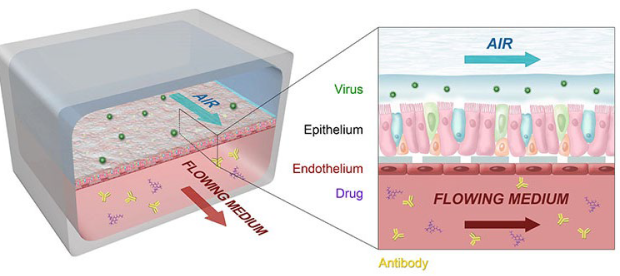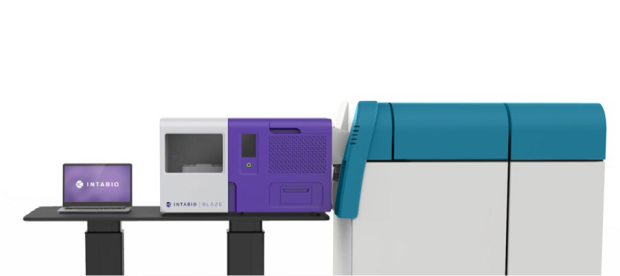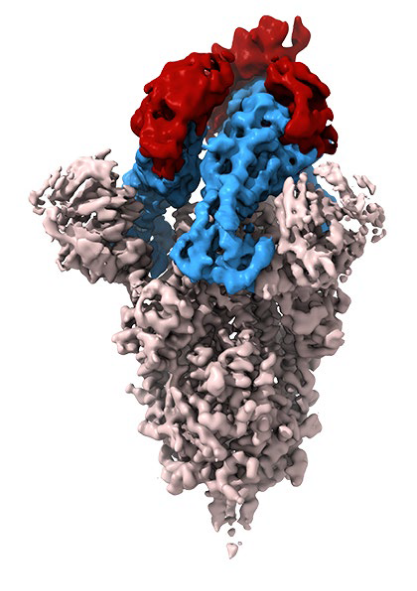Creativity and Innovation
NCATS leverages creativity and innovation to increase the impact of research.
How Llamas Could Lead to Innovative Antiviral Therapies
Llamas might seem unlikely sources for creative answers to COVID-19. But the shaggy pack animals may possess a key to unlocking innovative treatments that stop viruses like SARS-CoV-2: nanobodies.
Nanobodies are found in camelid species, which include llamas, alpacas and camels. They are one-tenth the size of a human antibody, which the immune system uses to identify and attack bacteria and viruses. Their small size lets them attach inside protein grooves on viruses. This feature could help scientists target weaknesses on the SARS CoV-2 spike protein that full-sized antibodies can’t reach.
Working with colleagues at the National Institute of Environmental Health Sciences and the U.S. Naval Research Laboratory, NCATS scientists built a library of small antibodies, called synthetic nanobodies, and used it to find promising new therapeutic leads for stopping viral activity.
“Nanobodies make attractive building blocks for the design of new therapies,” said NCATS scientist Bryan Fleming, Ph.D., who helped lead the work, along with former NCATS scientist Ying Fu, Ph.D. “We’ve developed a way to rapidly and efficiently discover nanobodies against SARS-CoV-2.”
The first step to building the library was making llama nanobodies appear more like human antibodies. The researchers “humanized” the nanobodies by using a U.S. Food and Drug Administration–approved nanobody drug backbone as the basis for the library.
Each nanobody has regions that recognize and stick to protein targets. These regions are like nanobody fingerprints and make each nanobody unique to a protein. Changing these regions creates new nanobodies capable of targeting new proteins.
The construction of a synthetic library can yield about 10 billion possible nanobodies. These nanobodies can be studied as individual therapies or used together to create combination therapies.
NCATS’ technology to develop a library of humanized nanobodies was among those that NIH licensed to the Medicines Patent Pool through the World Health Organization COVID-19 Technology Access Pool. The licenses will allow manufacturers around the world to use these technologies. For example, NCATS signed a material transfer agreement with the Weizmann Institute of Science, giving the institute’s researchers in Israel access to the nanobody library.
“This is a huge library of antibodies that can be screened to identify drug candidates against almost any protein, related to almost any disease,” explained Matthew Hall, Ph.D., director of NCATS’ Early Translation Branch and a study co-author. “Given that there are more than 10,000 rare diseases, most of which have no treatment, we hope this new platform will also prove useful in tackling that challenge.”
The synthetic nanobody library is just one of the many ways NCATS and our partners harness creativity and innovation to find answers for biomedical research challenges. Learn more about how our Division of Preclinical Innovation applies translational science principles to transform research observations into health solutions.
More Innovative Stories
Lung Tissue Chips Could Help Predict Future Infectious Influenza Disease Variants

Improving Manufacturing Techniques to Deliver High-Quality Biotherapeutics to the Clinic Faster




